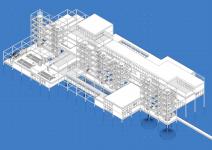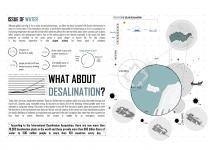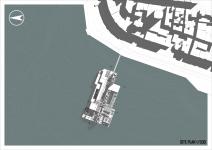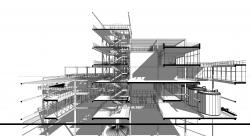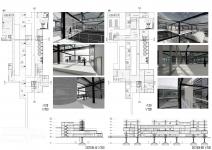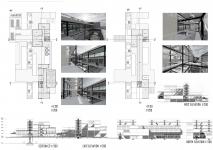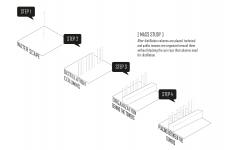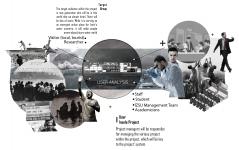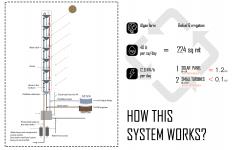Although global warming is not a newly started phenomenon, its effect has been increased with human interventions in nature in recent years. If no precautions are taken, a world where impossible for human beings to live in is waiting for us. Increasing temperature disrupts the climate which adversely affects the rain that feeds clean water sources such as dams, lakes, streams, and underground waters. Due to the melting glaciers and thermal expansion in the ocean, the water prepared to overflow to the coast poses a great danger to human life. For this reason, it has become imperative to takeURGENT ACTIONS for these types of problems.
Today, there are many desalination methods. These are divided into two systems which are using renewable energies and fossil fuels. Systems using renewable energy do less harm to nature. One of the obtaining methods of potable water from saltwater is using solar energy. The history of this system is very old. Over the years, studies about this system to make the least harm to the environment have been carried out and will continue to be carried out. Solar desalination systems are simply the distillation of saltwater by evaporation and separation from salt. It produces less water than other systems but less harm to nature. Therefore, this system is eligible for an emergency scenario.
In this project, not only saving water but also get clear water without damaging nature via using clean energy or no waste policy is aimed. While doing this, thanks to the center that will be hosted to researches, exhibitions, learning areas, and thanks to the location and sizes of the structure, people will have awareness about the reality that is coming soon.
2020
0000
LOCATION:
A critical point at the inner Izmir Bay.
PROGRAM:
For activist;
workshops, exhibition, social areas, observatories, conference hall are designed
For researchers;
the research labs, water management, system control rooms,
For the Visitors/Observers;
cognition corridors, decks around the distillation columns
are designed in the 10.000 m².
(Foyer, backstage, activity spaces, wet spaces mechanical and electrical rooms are designed as sub-spaces.)
Designer: Ecehan Gür
Instructors: Assoc. Prof. Dr. Ülkü İNCEKÖSE, Assoc. Prof. Dr. Ebru YILMAZ, R.A. Gizem ELBİZ, R.A. Nil Nadire GELİŞKAN
Favorited 4 times

